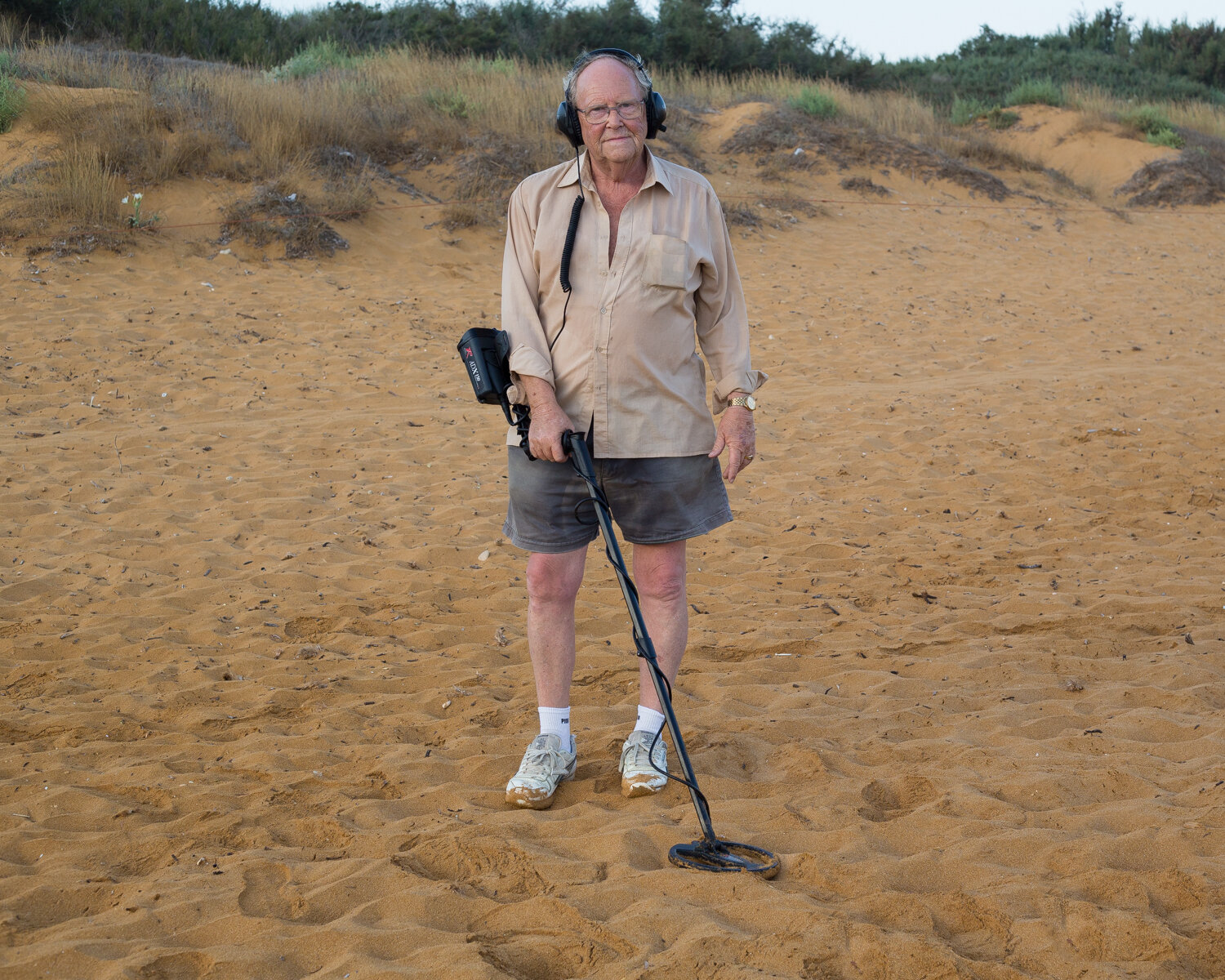The island of Gozo, known locally as Għawdex, is part of the Maltese archipelago and part of the Republic of Malta. Gozo has been inhabited for thousands of years and you feel it’s age as you enter from the harbour: its architecture of low, limestone buildings built on top of a rocky landscape is reminiscent of north Africa and the guttural spoken language sounds more Arabic than European. Gozo, like Malta, is predominantly Catholic and religious figurines proliferate, from large statues in the streets to small figurines in the toilets. But it’s history goes back much further than this: it is etched into the stone and evident in the archaeological evidence of Neolithic temple ruins. Gozo, as part of Malta, has been ruled by Phoenicians, Romans, Arabs, Sicilians, French and British. Malta itself was part of the British Empire for 160 years, gained its independence from Britain in 1964 and became a Republic in 1974, and there are indications of this on the island, the odd English folk with UK passports still form the largest group of foreign residents living on Malta and Gozo.
For Calypso’s Cave I set myself the task of exploring the 26 sq mi to patch together a picture of its culture and landscape. The Gozitans are a hardy people, as busy harvesting salt as catering to the tourists, and the interior harsh, its coastline cliffs reminding one that this is as much a potential prison as a paradise. The island is linked to both fact and fiction: it has a fabled history linked to the Greek myths: Calypso’s Cave is apparently located on the island and believed to be the same cave that Homer refers to in The Odyssey. And this myth, that tells the tale of Odysseus marooned upon the island of Ogygia, trapped by Calypso, the Goddess Nymph, links in strange ways to a wider narrative of today. The locals sell their trinkets to the tourists; the retired Brits scour the beach with metal detectors and buy their retirement homes, the legacy of 160 years of the British Empire, but what is less talked about is that Gozo lies en route for immigrants making the treacherous transit from North Africa, seeking sanctuary in Europe. This is an island of secrets and myths and harsh realities.
Having lost his ship and his army to the monsters of Italy and Sicily Odysseus washed up on the island of Ogygia after drifting for nine days on the open sea. He was returning home to Ithaca, from the war in Troy, eager to be reunited with his wife Penelope. When he reached the island he was greeted by Calypso, the Goddess Nymph, daughter of the Titan god Atlas and Tethys, who promised him immortality and eternal youth if he would stay with her. She led him to her cave, which was surrounded by a luxuriant wood of alder and poplar and sweet-smelling cypress and a trailing vine. However, despite his initial thoughts that he had reached safe sanctuary, Odysseus soon realised that he could not escape the island. He fell into sorrow and sat on the shores, looking out at the restless sea, shedding tears of grief. He longed only to escape, to return home. Calypso kept him captive on the island for seven years until she was obliged by the Greek gods to allow him to leave. She gave him an axe that well fitted his hands, led him to the borders of the island where he could cut down alders and firs and fashion a boat, and gave him cloth for a sail. The name Calypso is linked with the Greek word καλύπτω, meaning: to conceal.












